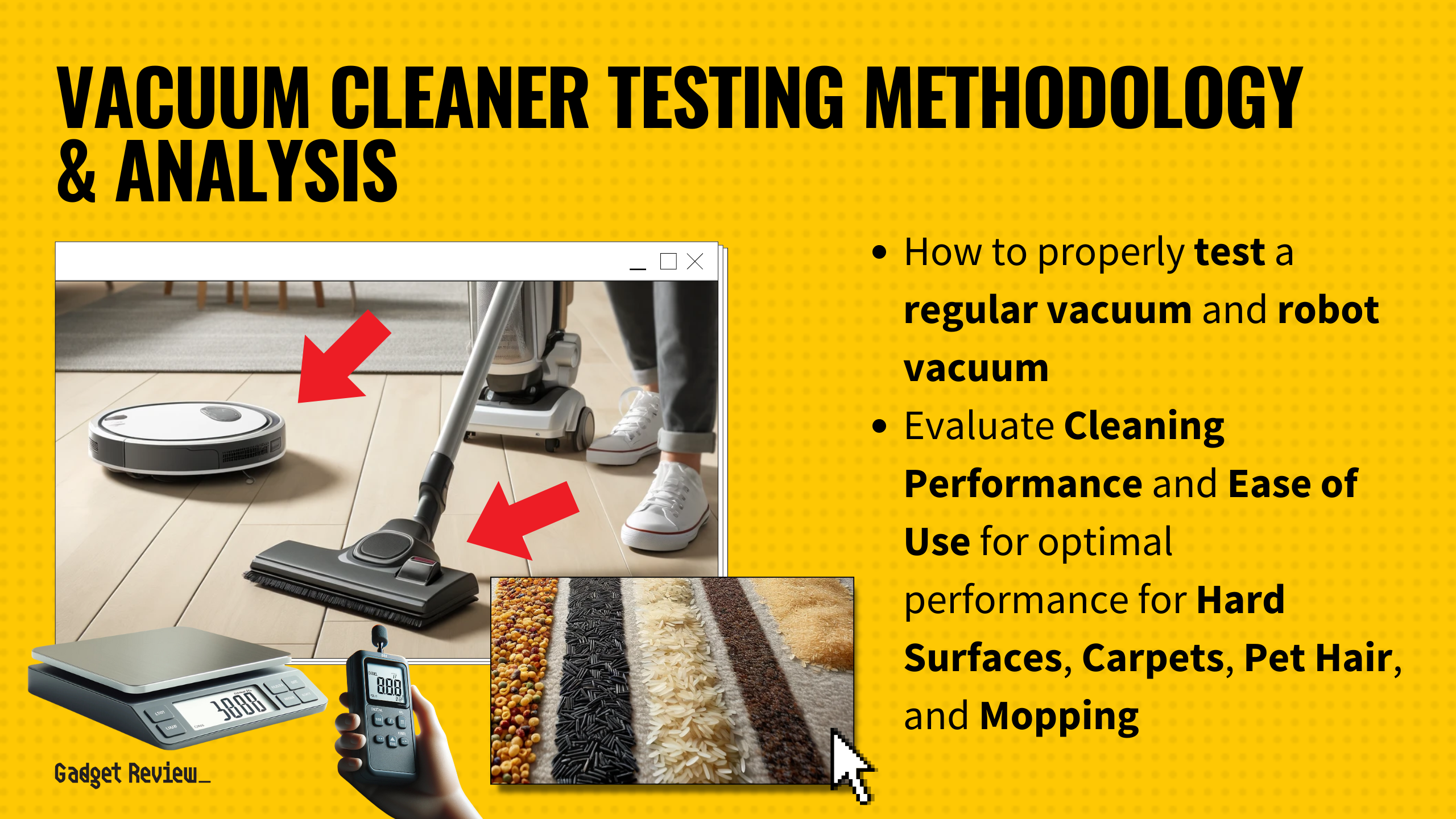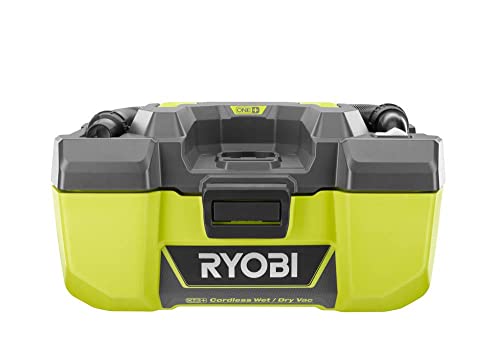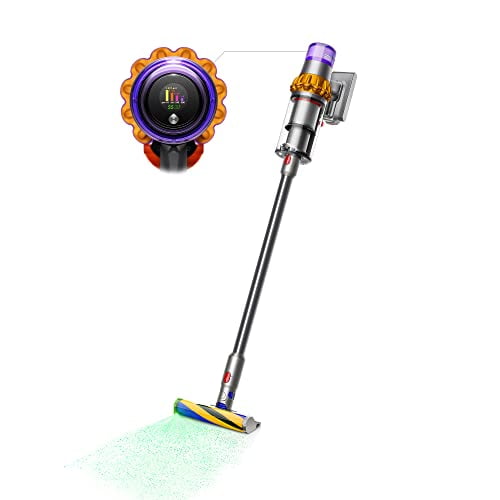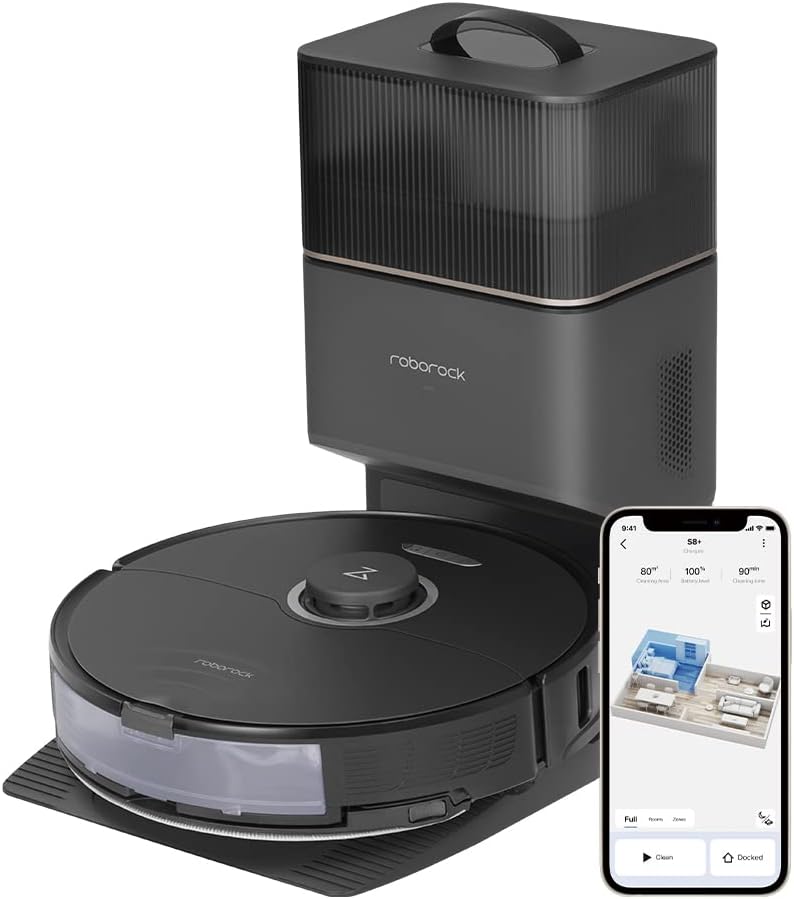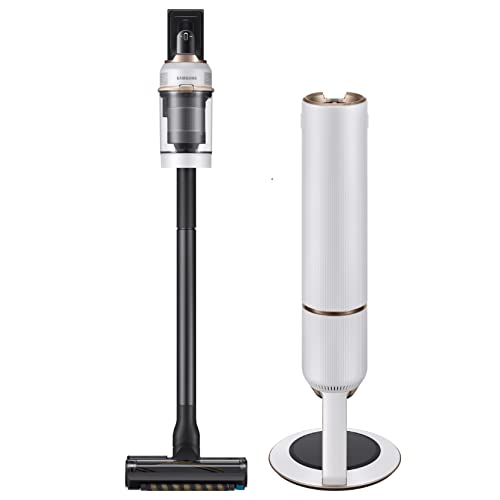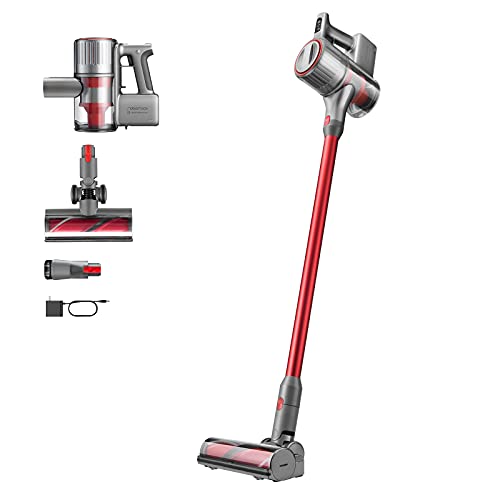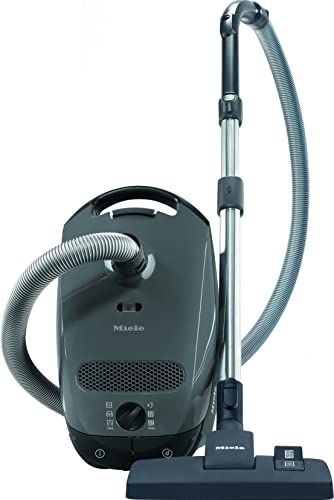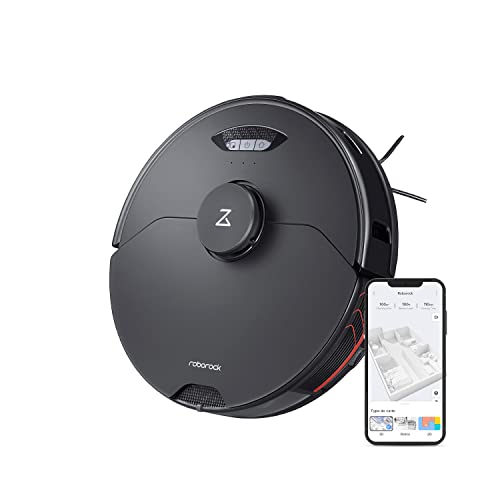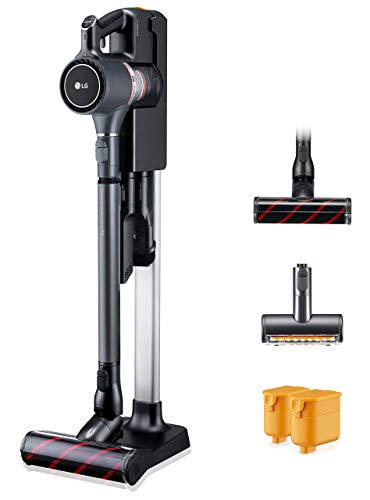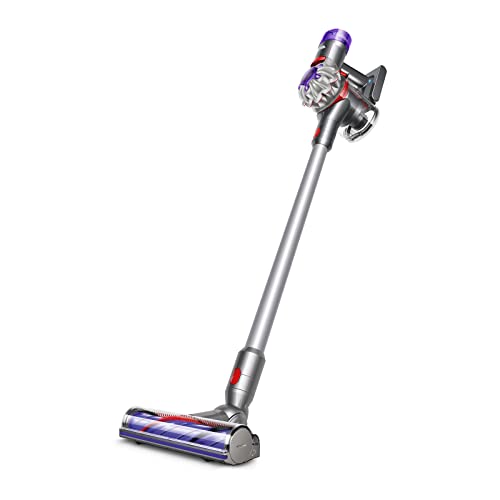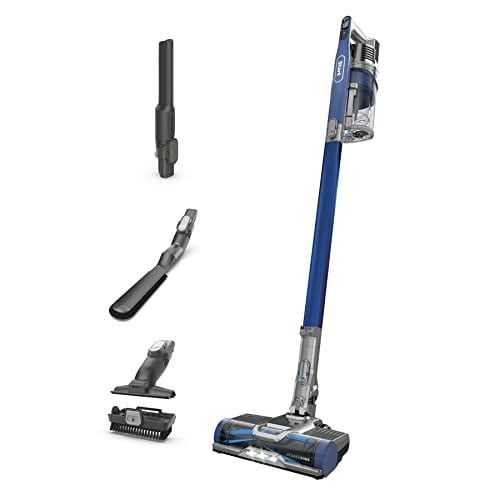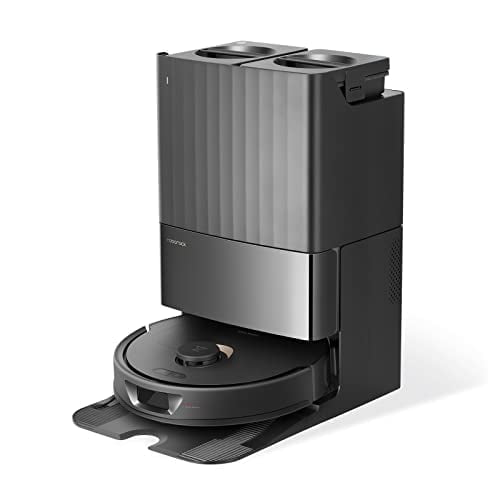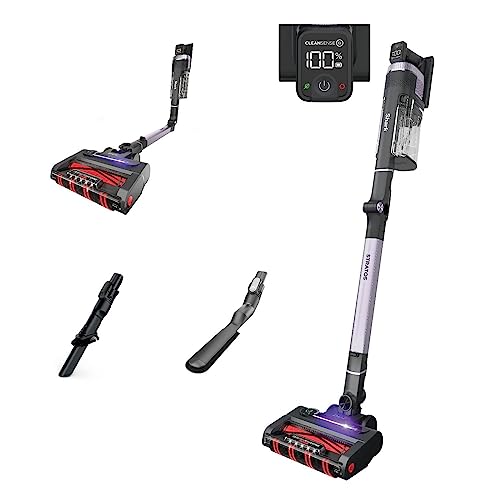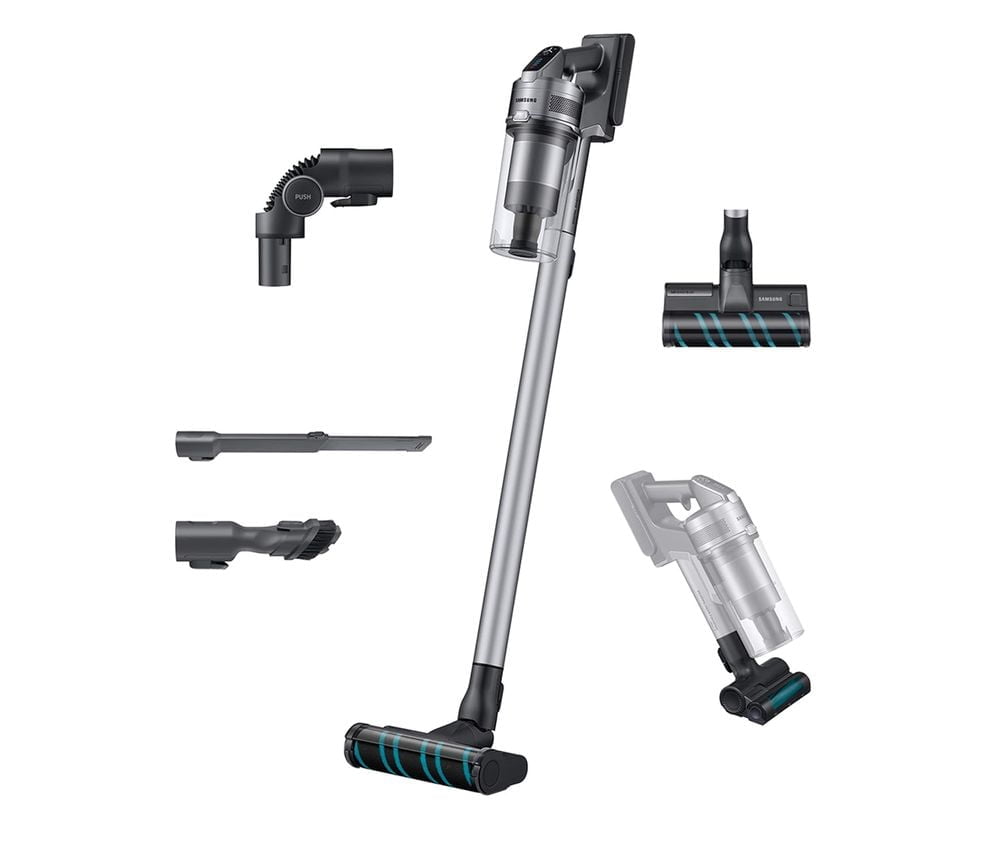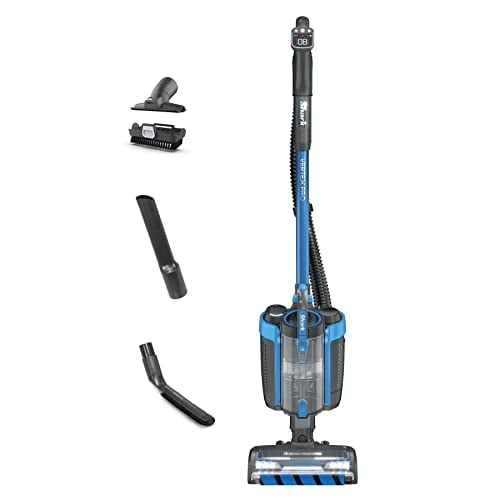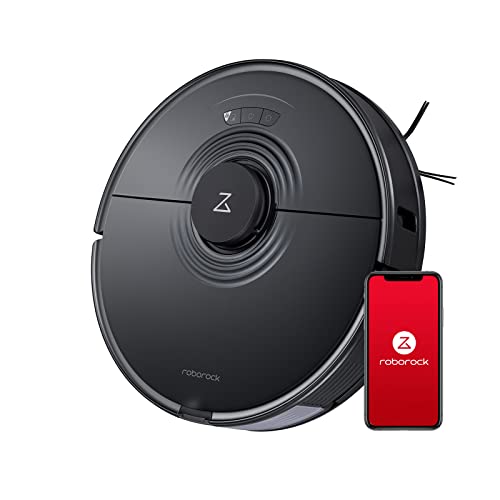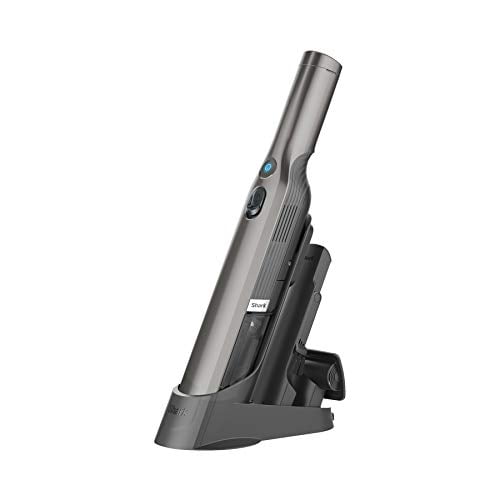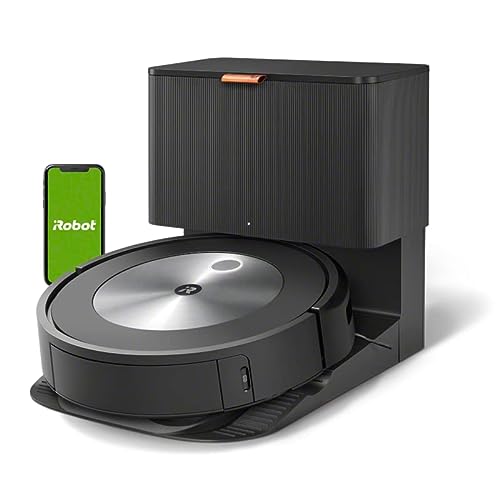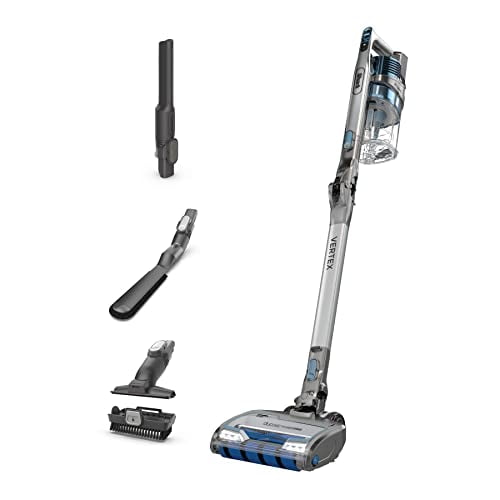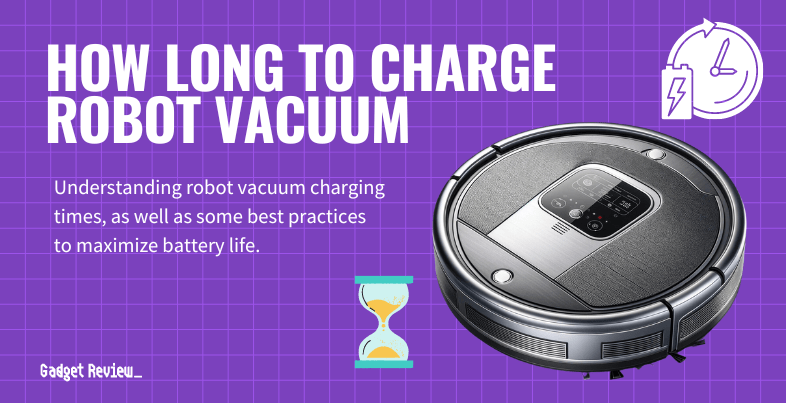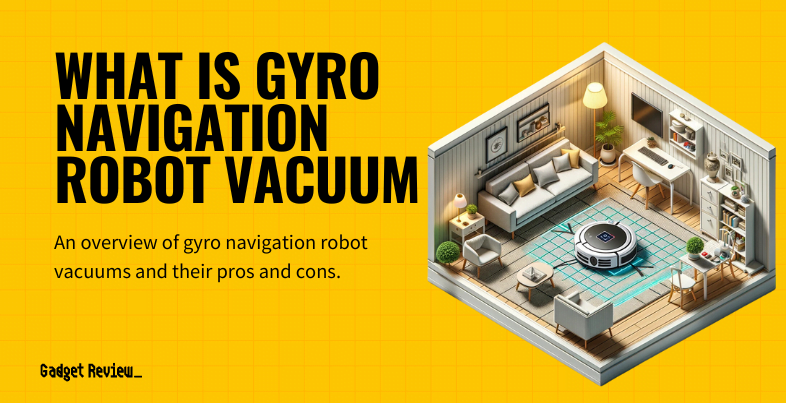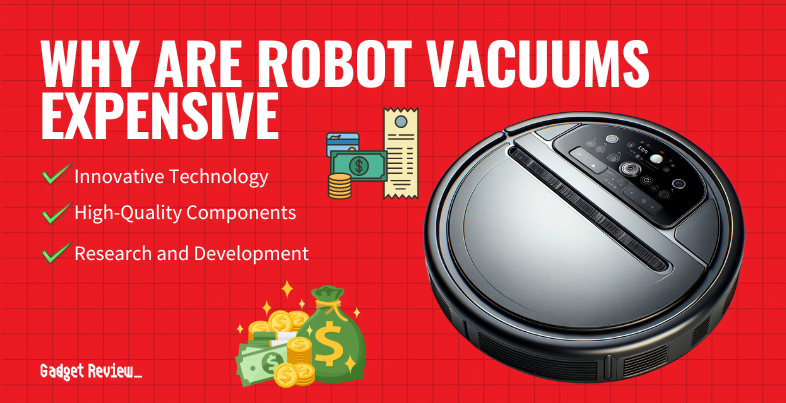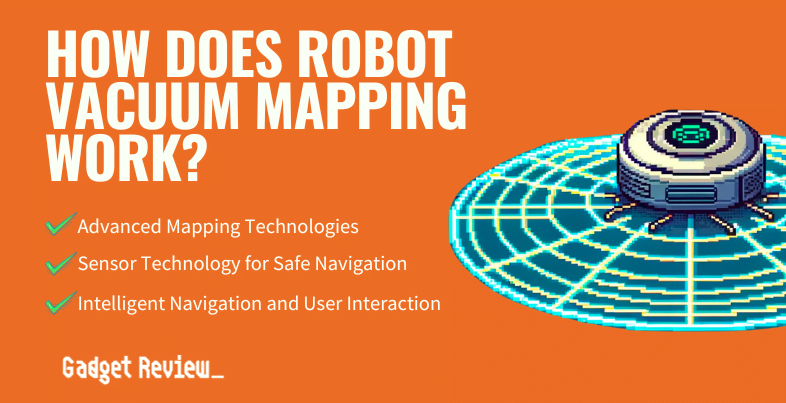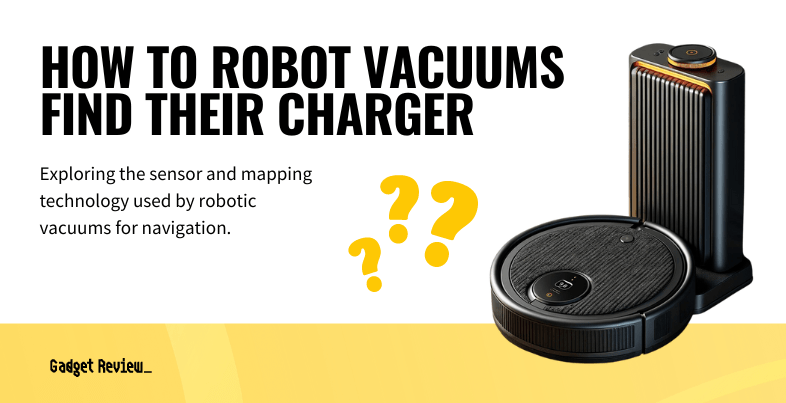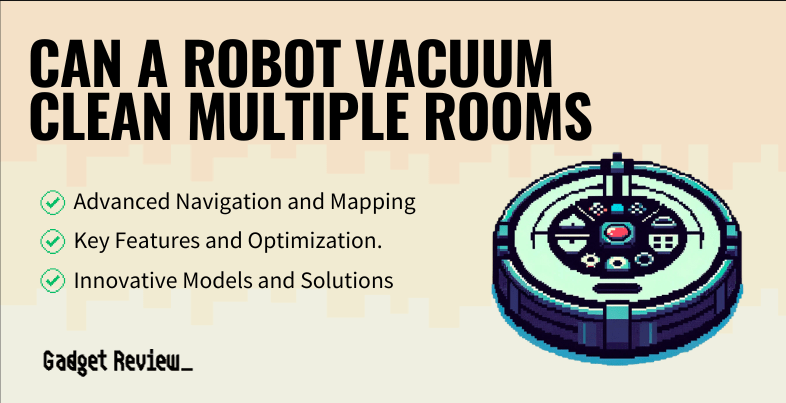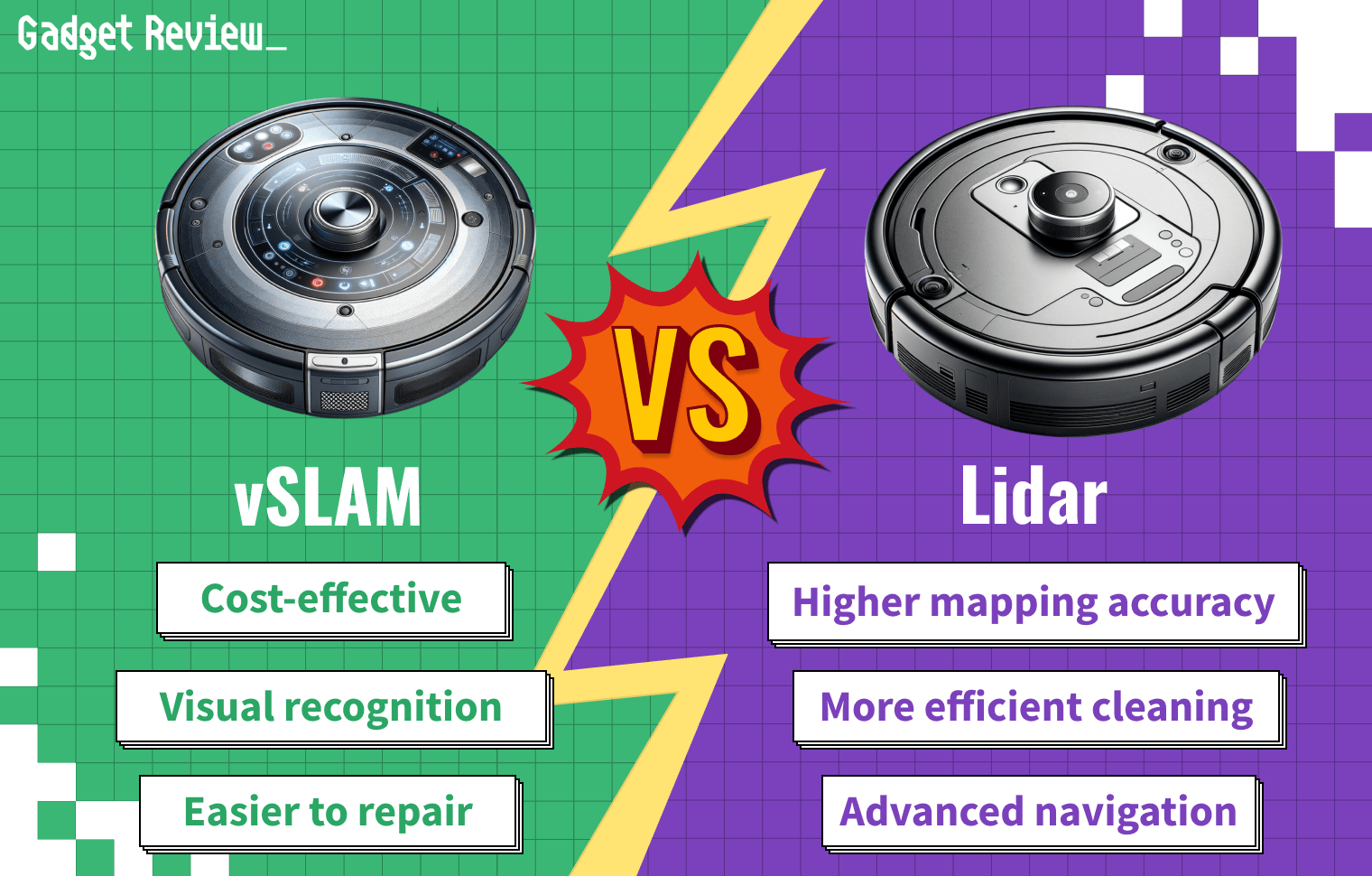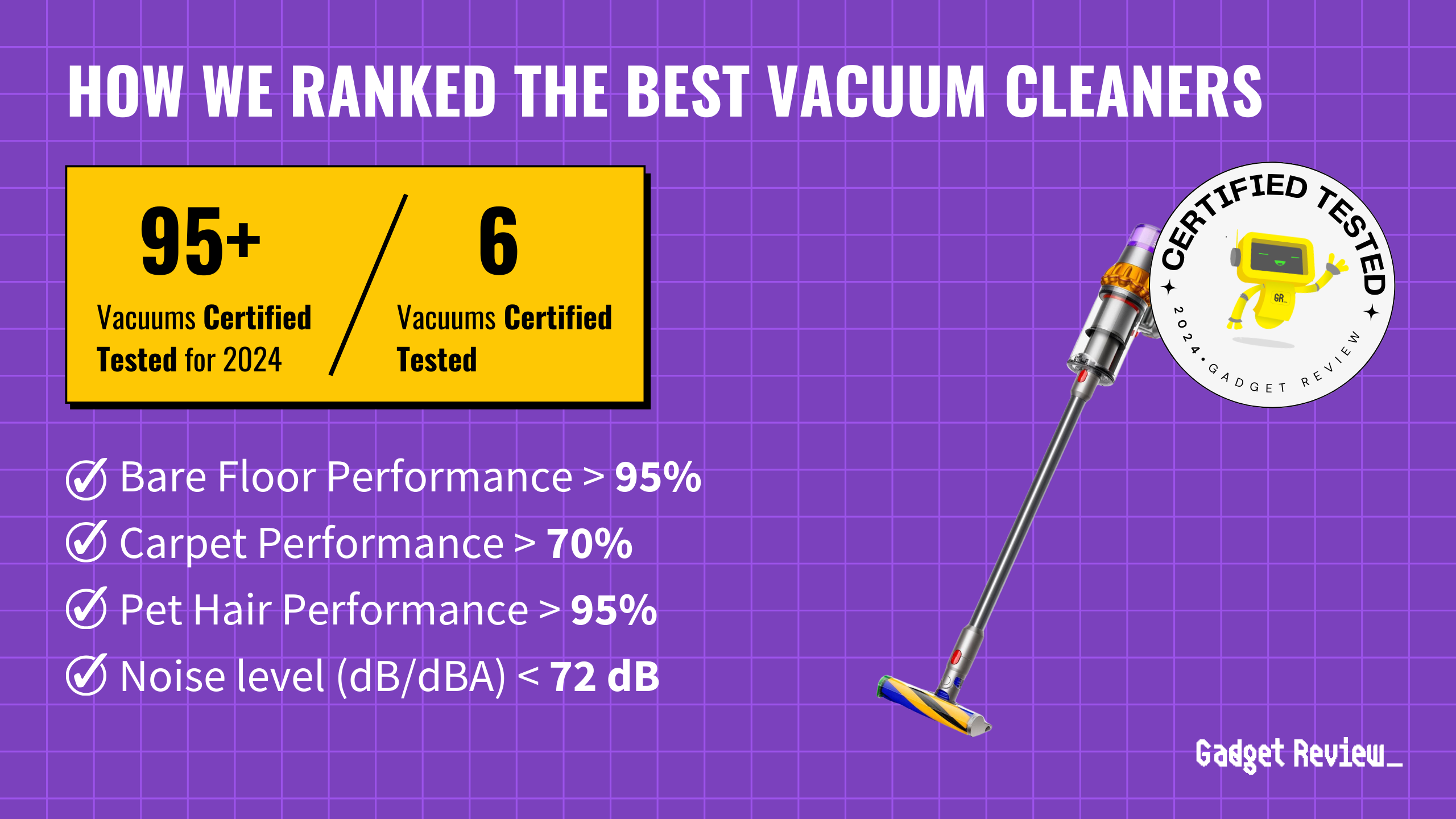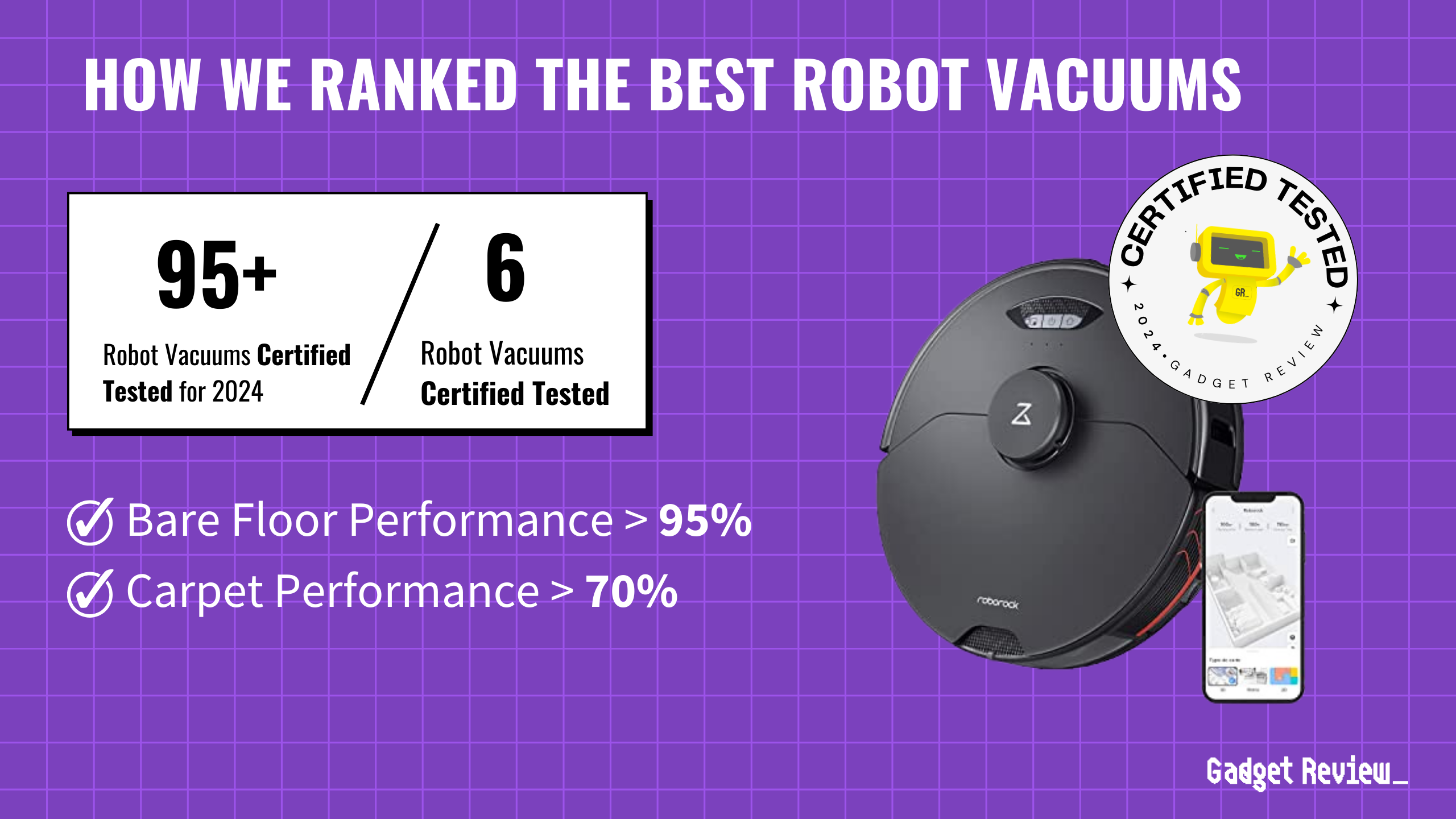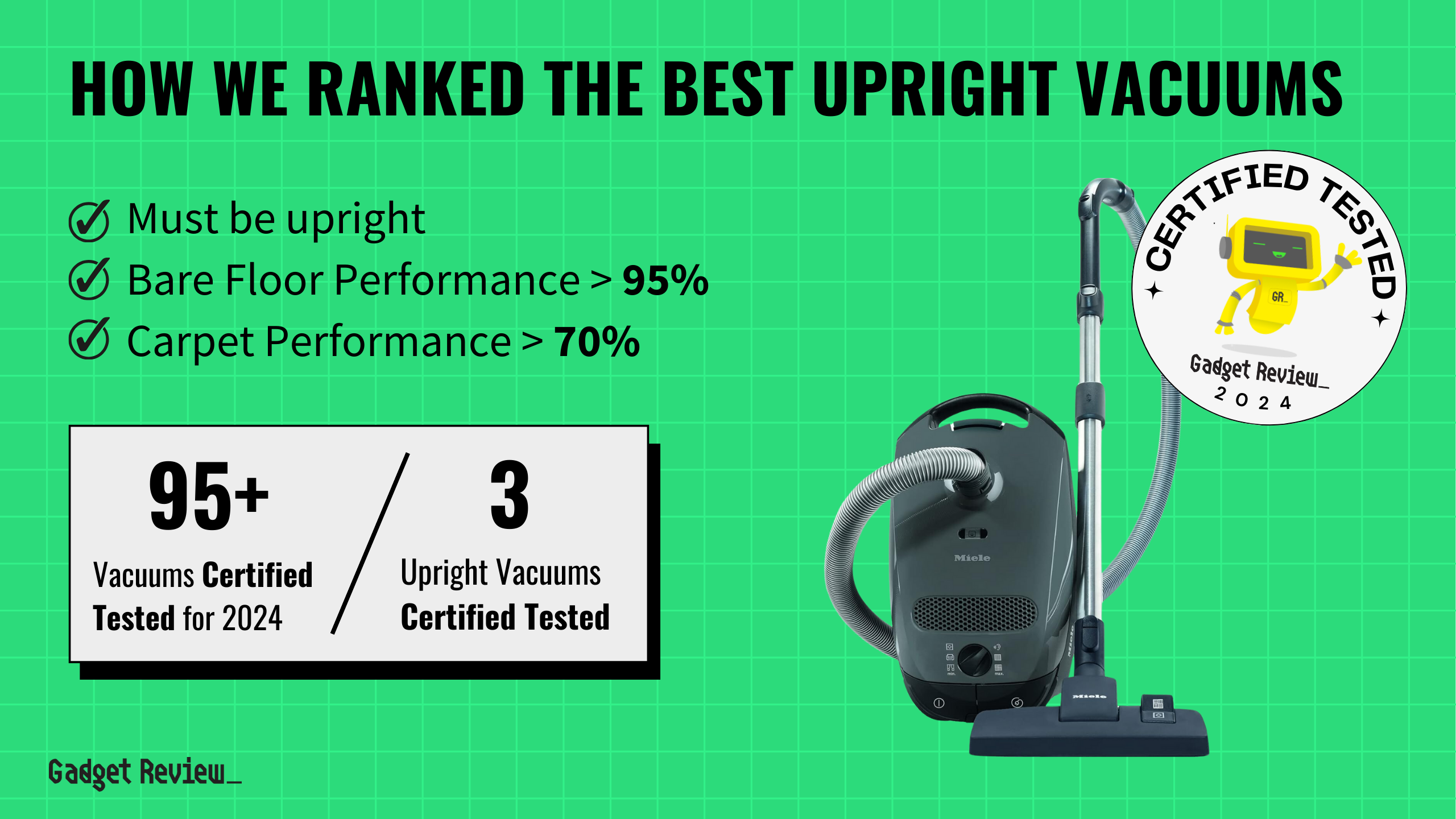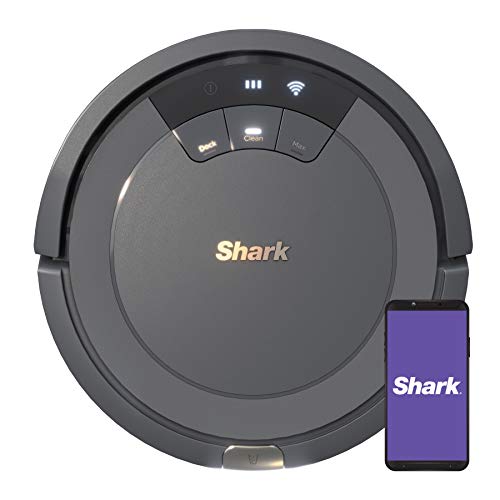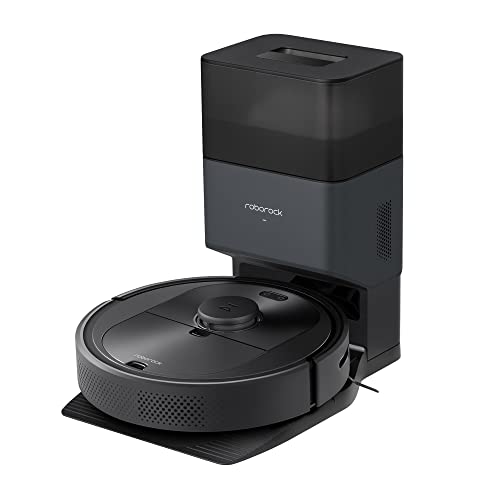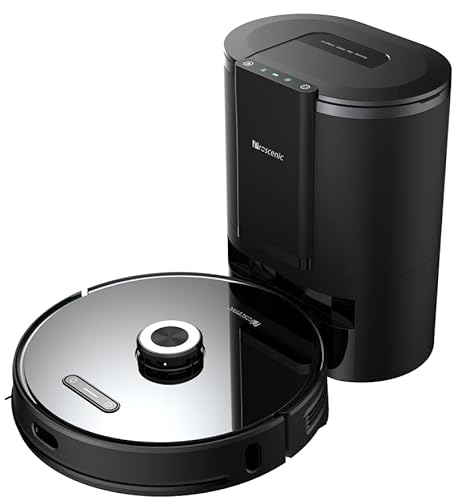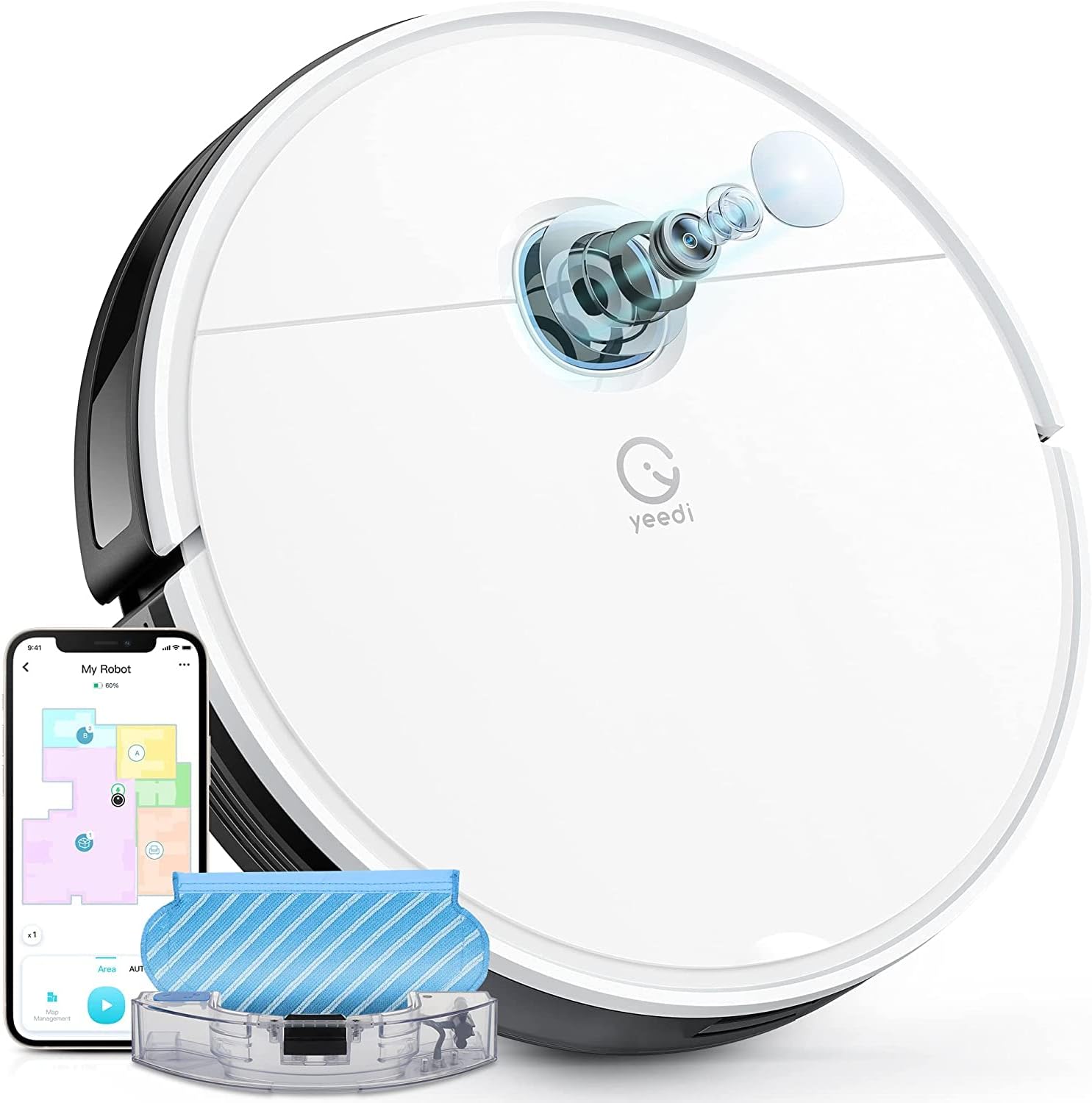Key Takeaways_
- 78% of vacuum cleaner reviewers are untrustworthy. That means only 22% of publications actually test!
- 27 reviewers publish trusted vacuum cleaner reviews, including RTINGs , Wirecutter, and Modern Castle. These 27 reviewers’ trusted testing methodologies and reviews fuel our Performance Criteria indicators and True Scores.
- We spent 88 hours total evaluating 94 vacuum cleaner reviewers for thorough testing and transparency.
Vacuum Cleaner Category Analysis
People have been using vacuum cleaners to keep their homes spotless for over a century. Despite this long history, finding unbiased reviews with thorough testing evidence can be a struggle. After three years of research, our investigation has shown that 78% of reviewers fail to properly test vacuum cleaners, often lacking evidence of thorough testing.
How do we know what to test? Our process involves a meta-analysis of trusted expert testing methodologies, our own testing expertise, and real customer review pain points.
- First, we review existing methodologies from trusted experts and identify their important and frequently-tested Performance Criteria. Both quantitative and qualitative criteria are considered and collected.
- We leverage our testing expertise (we’ve tested and reviewed hundreds of products several years ago) to select the most important Performance Criteria for evaluating vacuum cleaners.
- We then validate these Criteria by cross-referencing them with common pain points highlighted in real customer reviews.
This way, we ensure our evaluations are both rigorous and relevant.
Categories of Performance & Performance Criteria
We determined that the 4 Performance Criteria in 2 Categories of Performance below are the most important ones to test based on meta analysis of trusted criteria and expert testing methodologies, customer reviews, and our own testing expertise.
| CATEGORY OF PERFORMANCE | PERFORMANCE CRITERIA | UNIT OF MEASUREMENT | DEFINITION |
|---|---|---|---|
| Cleaning Performance | Bare Floor Performance | % | How much debris the vacuum sucks up when cleaning bare surfaces like tile, vinyl planks, and hardwood floors |
| Cleaning Performance | Carpet Performance | % | How much debris the vacuum sucks up when cleaning carpets, including low pile and high pile |
| Cleaning Performance | Pet Hair Performance | % | How much pet hair the vacuum sucks up from any surface |
| Ease of Use | Noise Level | Decibels (dB) | How loud the vacuum is while running and in use |
| Ease of Use | Battery Life | Minutes (min) | How much time a cordless or robot vacuum can run before it needs to be recharged. |
To evaluate all these criteria, you can use the following equipment which expert testers use to ascertain the quality of vacuum cleaners:
| IMAGE | NAME | WHAT IT MEASURES | WHY IT’S IMPORTANT | PRICE |
|---|---|---|---|---|
 | Various Floor Types | Bare Floor, Carpet, and Pet Hair Performance | These replicate real-world cleaning surfaces, allowing you to assess how well the vacuum performs on different textures and materials commonly found in homes. | Free – $200+ |
 | Debris | Bare Floor, Carpet, and Pet Hair Performance | Standardized debris simulates the types of dirt and dust a vacuum cleaner might encounter in everyday use, ensuring consistent testing and allowing comparisons between models. | $2 – $50+ |
 | Weight Scale | Bare Floor, Carpet, and Pet Hair Performance | By measuring the weight of debris collected before and after cleaning, the weight scale provides a quantifiable metric for the vacuum’s cleaning efficiency. | $15 – $100+ |
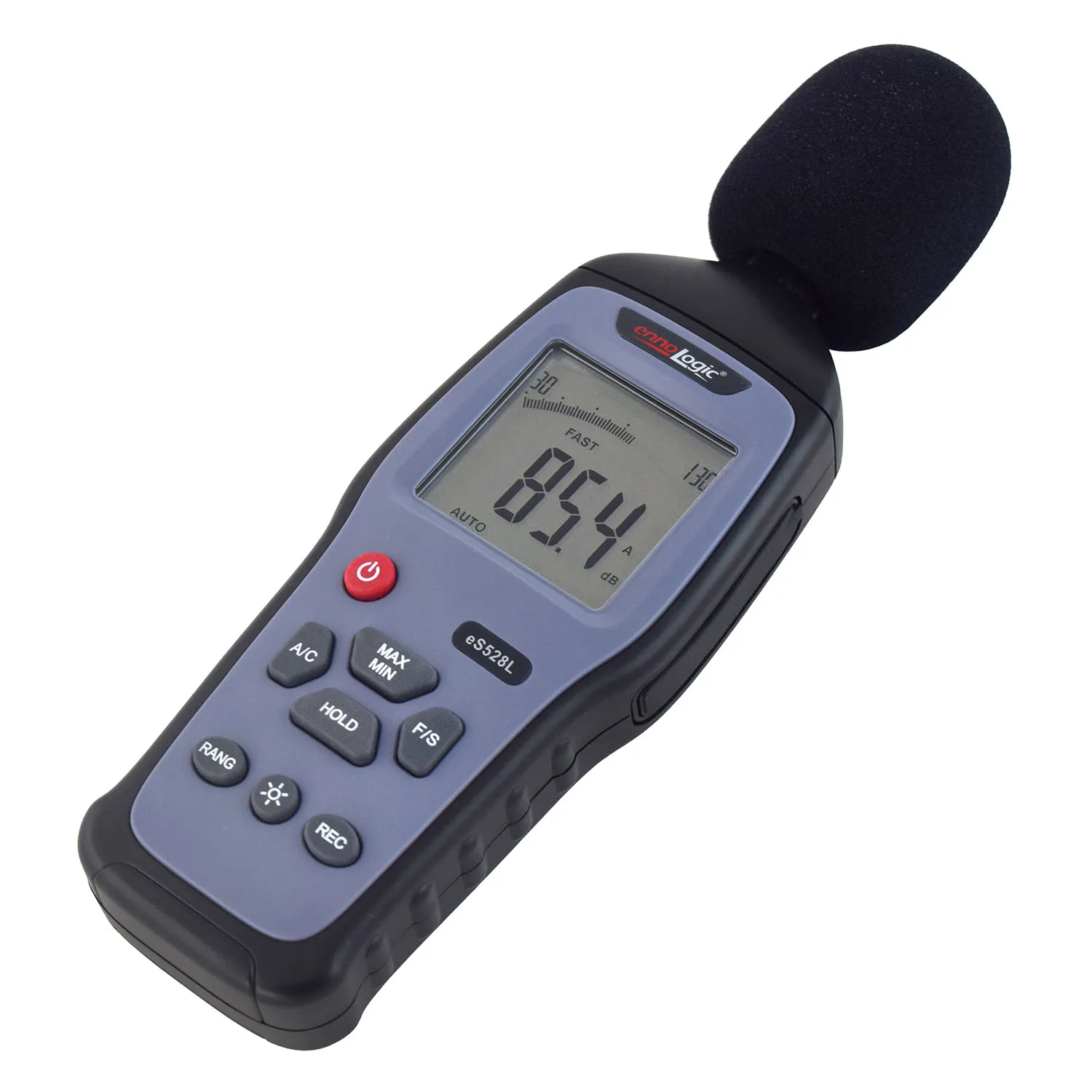 | Sound Level Meter | Noise Level | To measure the volume output and ensure accurate decibel readings | $50 – $500 |
 | Stopwatch/Timer | Battery Life | Records how long the cordless or robot vacuum can operate on a single charge. | $5 – $20+ |
What Tests are Quantitative and/or Qualitative?
Quantitative tests feature something that is either measurable or binary in nature, which includes tests that measure recline angle and weight limit.
Qualitative tests, on the other hand, are based on things that can’t be properly measured or are a “feeling” someone gets. This includes things like setup and ergonomics.
When deciding the Performance Criteria, we looked at customer pain points we found in customer reviews and determined if they could be tested and if the tests are quantitative or qualitative.
Our Trusted Data Sources
Our Trusted Data Sources
We looked at 120+ vacuum cleaner reviewers and found that 27 are trustworthy (60%+ Trust Rating). The three we have listed below are our most trusted for vacuum cleaner.
- Dagobiet Morales Alfaro – RTings, LinkedIn
- Derek Hales – Modern Castle, LinkedIn
- Sabine Heinlein – Wirecutter, LinkedIn
Interested in a comprehensive analysis of our data sources? We’ve got you covered. Below, you’ll find a detailed list of every vacuum cleaner review website we’ve identified, organized by their respective Trust Ratings from highest to lowest. But we didn’t stop there. We’ve meticulously reviewed each publication and verified the data by checking whether the authors have bio links to MuckRack or LinkedIn. We’re committed to not only checking the facts but ensuring their veracity.
Usage Cases
After identifying the most important Categories of Performance and Performance Criteria, we applied them to real-world applications.
Hard Surface Cleanup
- Important Categories of Performance and Performance Criteria:
- Cleaning Performance (Bare Floor Cleaning)
- Ease of Use (Battery Life)
- Reasoning: It’s important to make sure that the vacuum removes dirt effectively and does not scratch delicate hardwood and tile surfaces. Long battery life allows for uninterrupted cleaning of large open floor plans with hardwood or tile floors.
- Related Guides: Best Vacuum Cleaners Overall, Vacuums for Hardwood, Cordless Vacuum for Hardwood Floors, Multi-Surface Vacuums, Vacuums for Tile Floors, Robot Vacuums for Hardwood, Vacuums for Vinyl Plank Floors
Carpet Cleanup
- Important Categories of Performance and Performance Criteria:
- Cleaning Performance (Carpet Cleaning)
- Ease of Use (Battery Life)
- Reasoning: Ensures the vacuum effectively removes dirt, dust, and allergens embedded in carpets, maintaining a clean and healthy environment. Long battery life allows for uninterrupted cleaning of carpeted areas without needing to constantly recharge, making the process more convenient.
- Related Guides: Carpet Cleaners, Carpet Cleaner Solutions, Portable Carpet Cleaners, Vacuum Cleaners for Carpets, High Pile Carpet Vacuums, Shag Carpet Vacuums
Pet Hair Cleanup
- Important Categories of Performance and Performance Criteria:
- Cleaning Performance (Pet Hair Cleaning)
- Reasoning: This is essential for pet owners as it directly tackles pet hair embedded in carpets, furniture, and upholstery, reducing allergens and keeping the home cleaner.
- Related Guides: Cordless Vacuums for Pet Hair, Handheld Vacuums for Pet Hair, Vacuums for Pet Hair, Robot Vacuums for Pet Hair
Mopping
- Important Categories of Performance and Performance Criteria:
- Cleaning Performance (Bare Floor Cleaning)
- Ease of Use (Battery Life)
- Reasoning: Ensures that the mopping function removes dirt, grime, and stains from bare floor surfaces. A long battery life is important for cleaning large floor areas and multiple rooms without needing to recharge frequently.
- Related Guides: Mops, Steam Mop Vacuums, Robot Vacuum Mops
Wrap-Up
Our Vacuum Cleaner Testing Methodology underscores our unwavering commitment to transparency and accuracy in evaluating vacuum cleaner performance. These Performance Criteria fuel our Trust Ratings that we calculate for each reviewer during our ongoing research, which we analyze further in our Vacuum Cleaner Trust List. The crazy fact that 78% of vacuum cleaner reviewers lack enough testing emphasizes the need for our meticulous approach.
The Trust Ratings are the bedrock of our Vacuum Cleaner True Scores, which is the most accurate product score on the web. Below are our vacuum cleaner reviews sorted by highest True Scores. We invite you to learn more about how we score products with True Scores and how they empower you to make informed buying decisions online.
We also invite expert reviewers to contribute to a more trustworthy and transparent review system. By adopting stringent testing standards and/or supporting our efforts, you help elevate the quality of vacuum cleaner reviews and ensure that consumers can make informed choices based on reliable information.
Let’s commit to higher standards together. Together, we can transform the landscape of vacuum cleaner reviews for the better.

